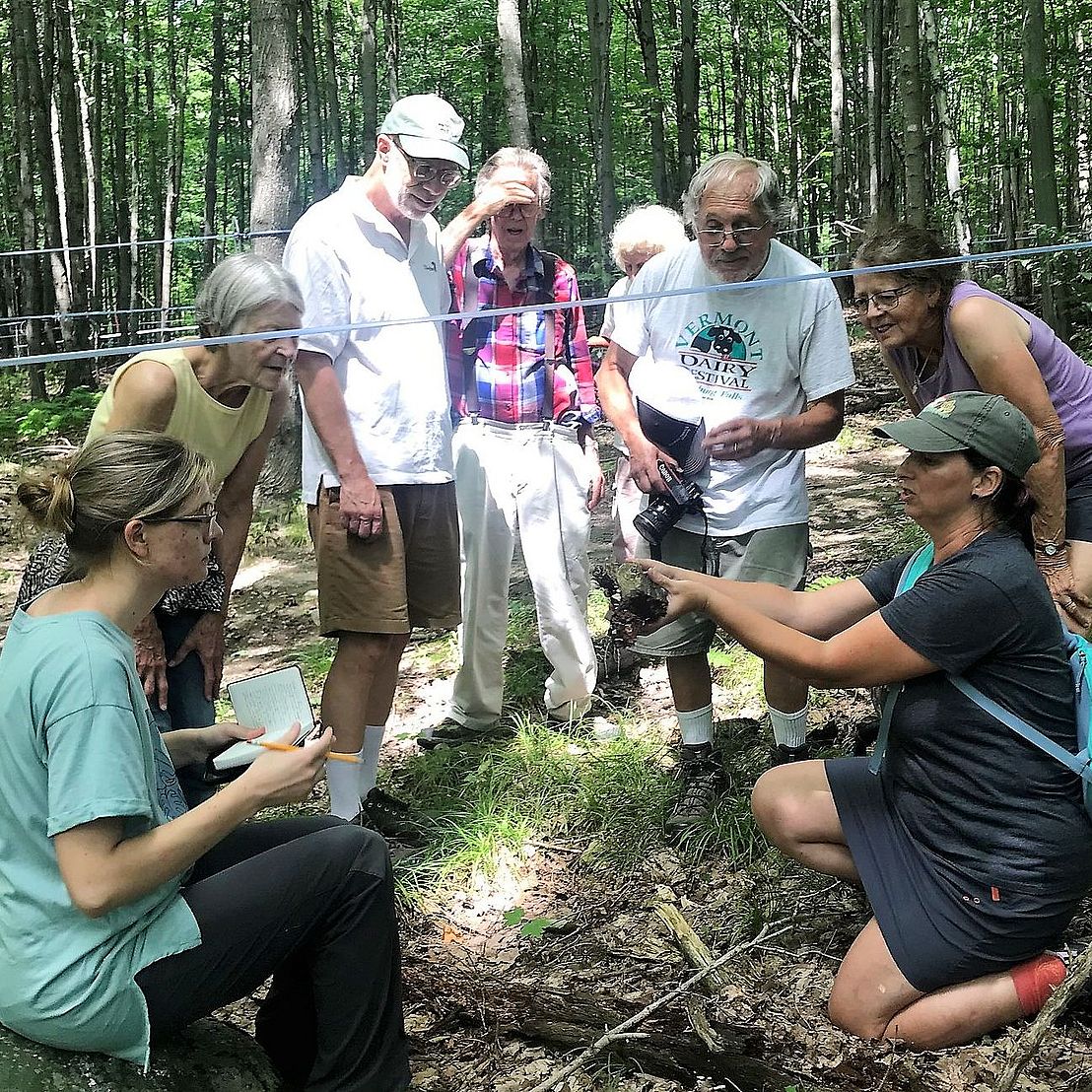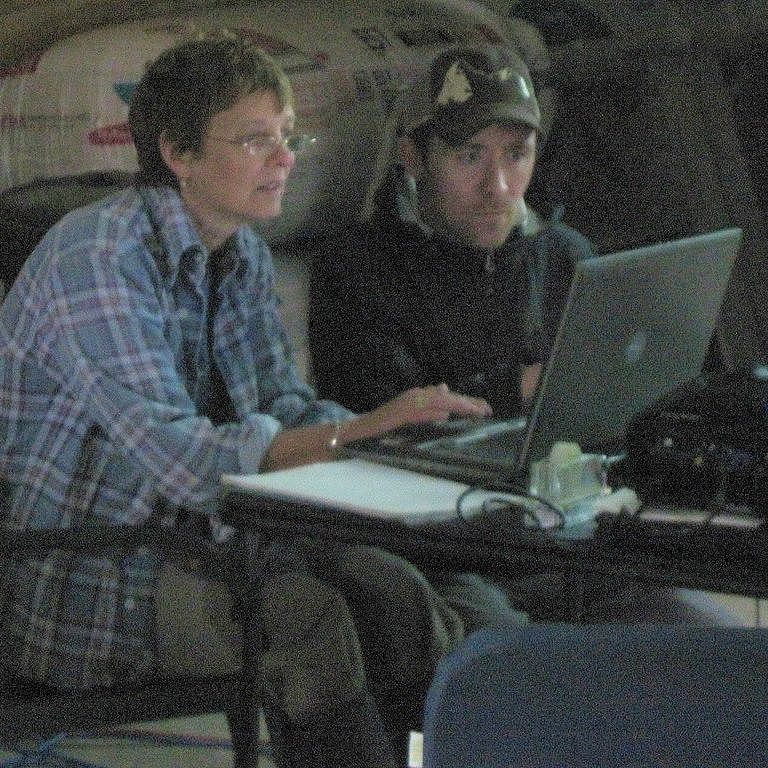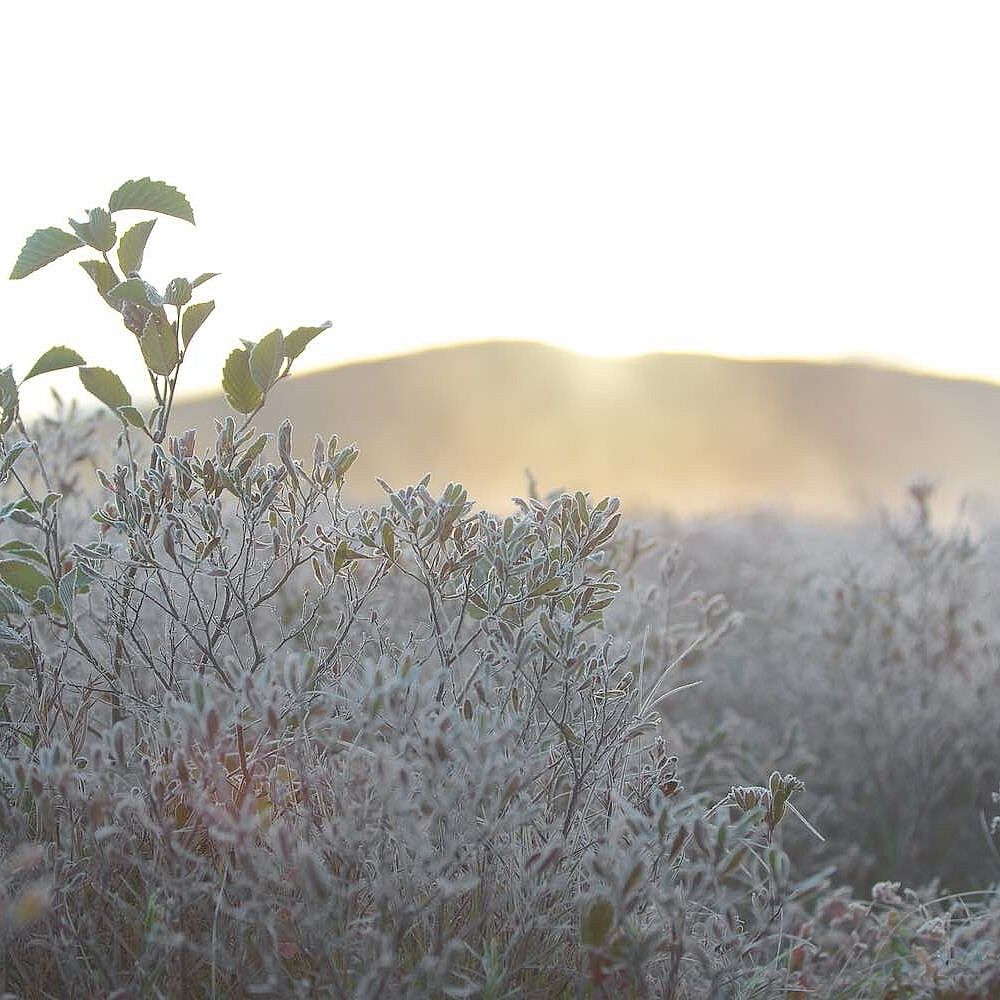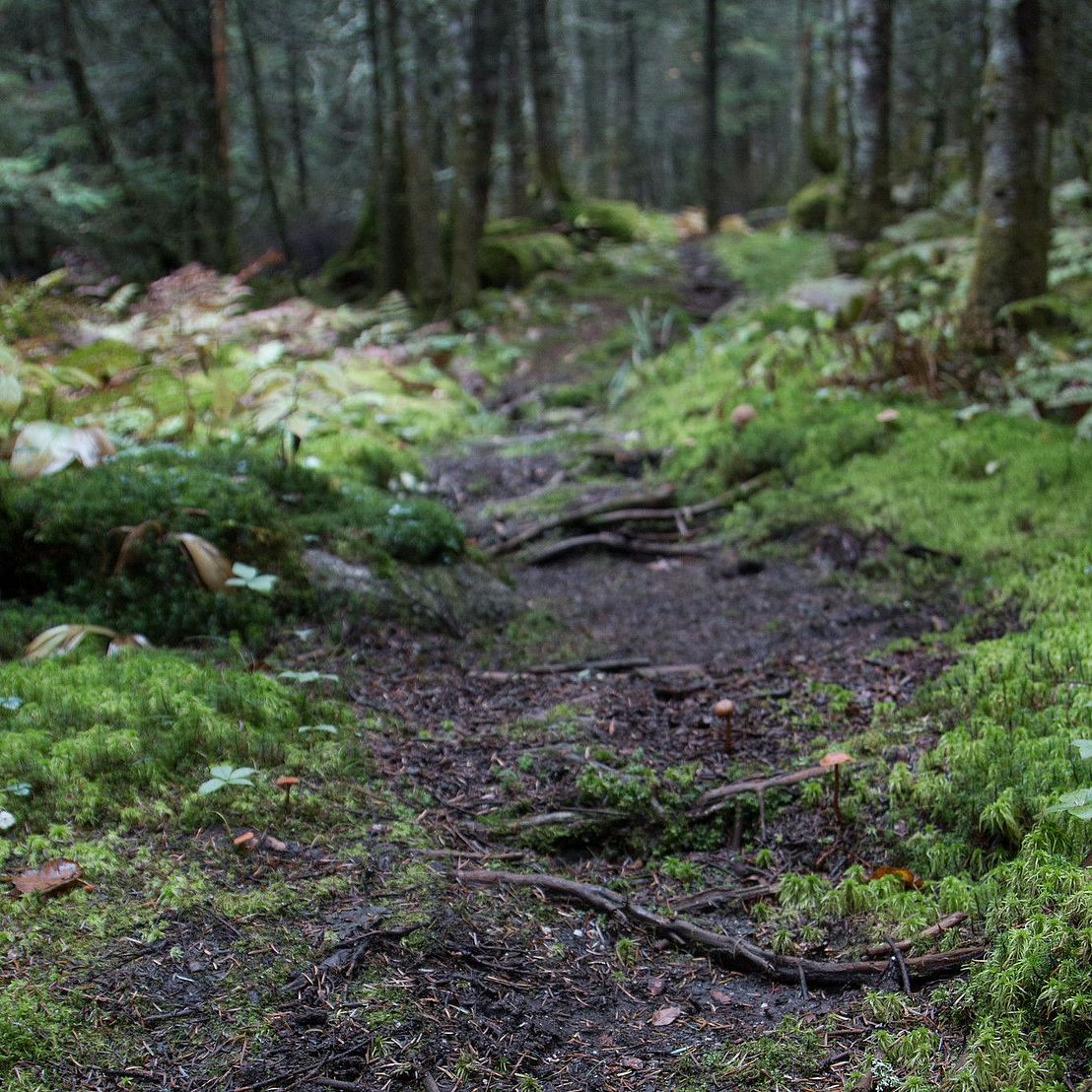Woodlots Structure
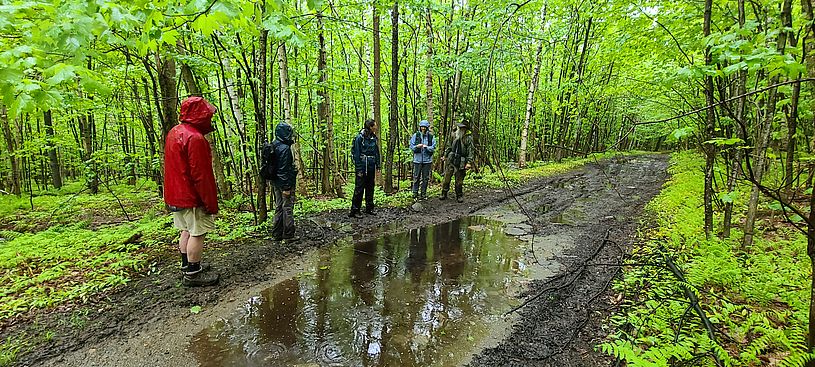
Each Woodlots group meets four times each year, always on the land of one of the members. Hosting rotates through the group, so that every participant has an opportunity to share, but no single participant needs to host more than once every few years. These gatherings include two components:
Woods Walk
We go outside at every gathering! CHC staff or board members organize walks and either lead them or arrange for a guest speaker, allowing the obligation of a host to be minimal. If they choose, hosts can remain largely silent during the events. However, they can also choose to play a strong role, sharing stories of their own connections to the land, management goals and activities, descriptions of wildlife seen in various habitats, and places of particular interest, such as where past management has occurred or where there are plans for future stewardship. Because participants are all engaged in land stewardship and bring their own background interest and expertise, these walks are rarely scenes with a single presenter and a passive audience; rather, everyone is learning and sharing with everyone else.
Guest speakers range from professionals to amateurs, but many work for partner organizations such as Vermont Fish & Wildlife Department, Audubon Vermont, or Natural Resources Conservation Service. Others are researchers or students at universities, experts in particular topics of interest to the group, or community members with skills to share. While many of these guests offer their services free of charge, CHC offers an honorarium in many situations. Topics and speakers are ultimately chosen and invited by CHC staff, with considerable input from the group.
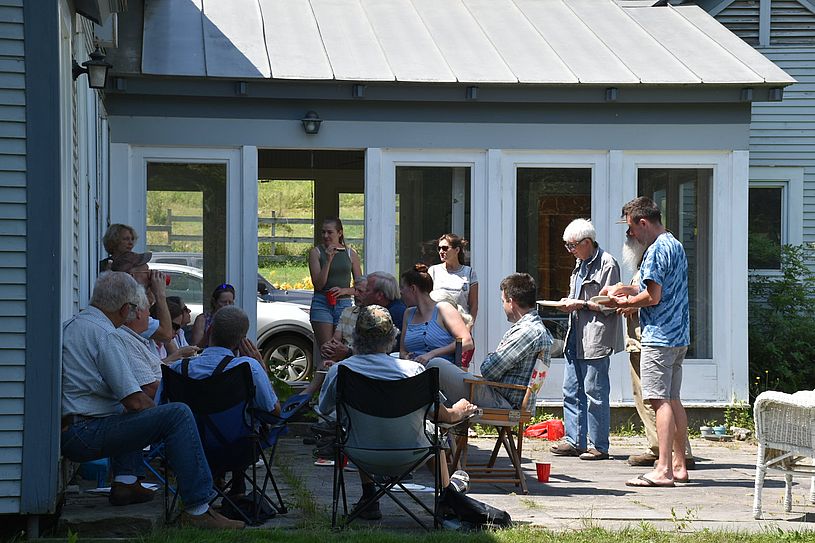
Sharing Food
Woods Walks generally end (or begin) with a potluck in or outside the home of the host. When the host prefers–or does not have an appropriate location–the potluck can be located elsewhere. Alternatively, we invite guests to bring their own bagged lunch, and we find a picnic spot where we can eat together. If hosts are uncomfortable with these options, we at least bring tea or cookies to share with the group for a few minutes of casual discussion before participants depart.
CHC sees this social portion of the gathering as an essential ingredient. The casual conversation allows for deeper connections that solidify the group in a way that a more formal educational program cannot. This is often when landowners share not only what they are doing, but why. It’s when participants relax and ask questions they feel are not appropriate for a large-group discussion. They share the more personal goals, challenges, and hopes that drive their stewardship decisions. Ultimately, we think these casual interactions have as much influence on regional land stewardship as any formal learning opportunity we could set up.


